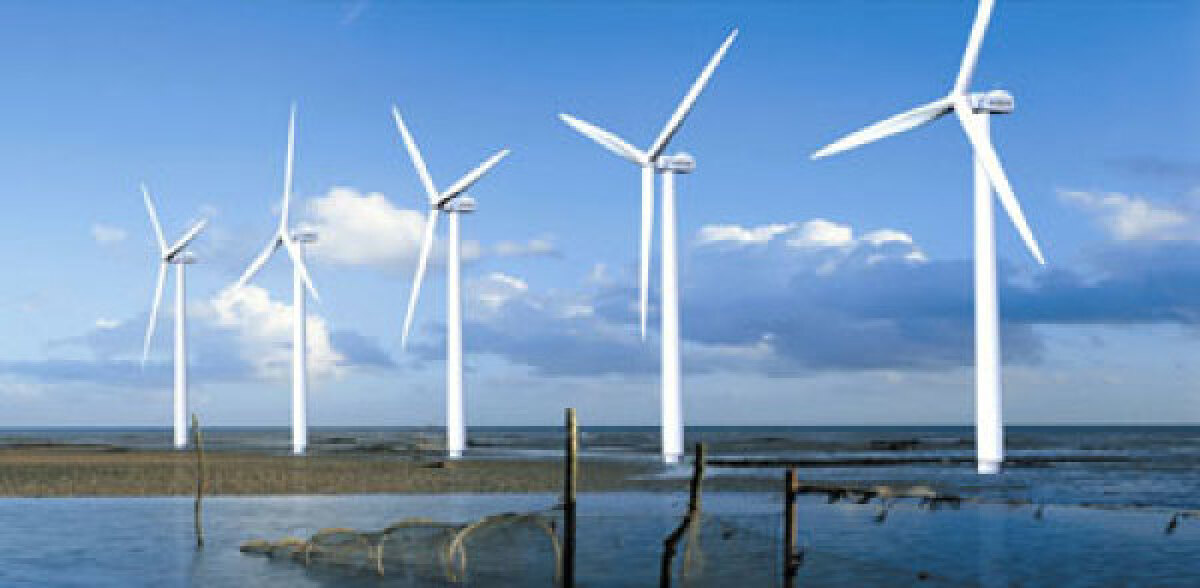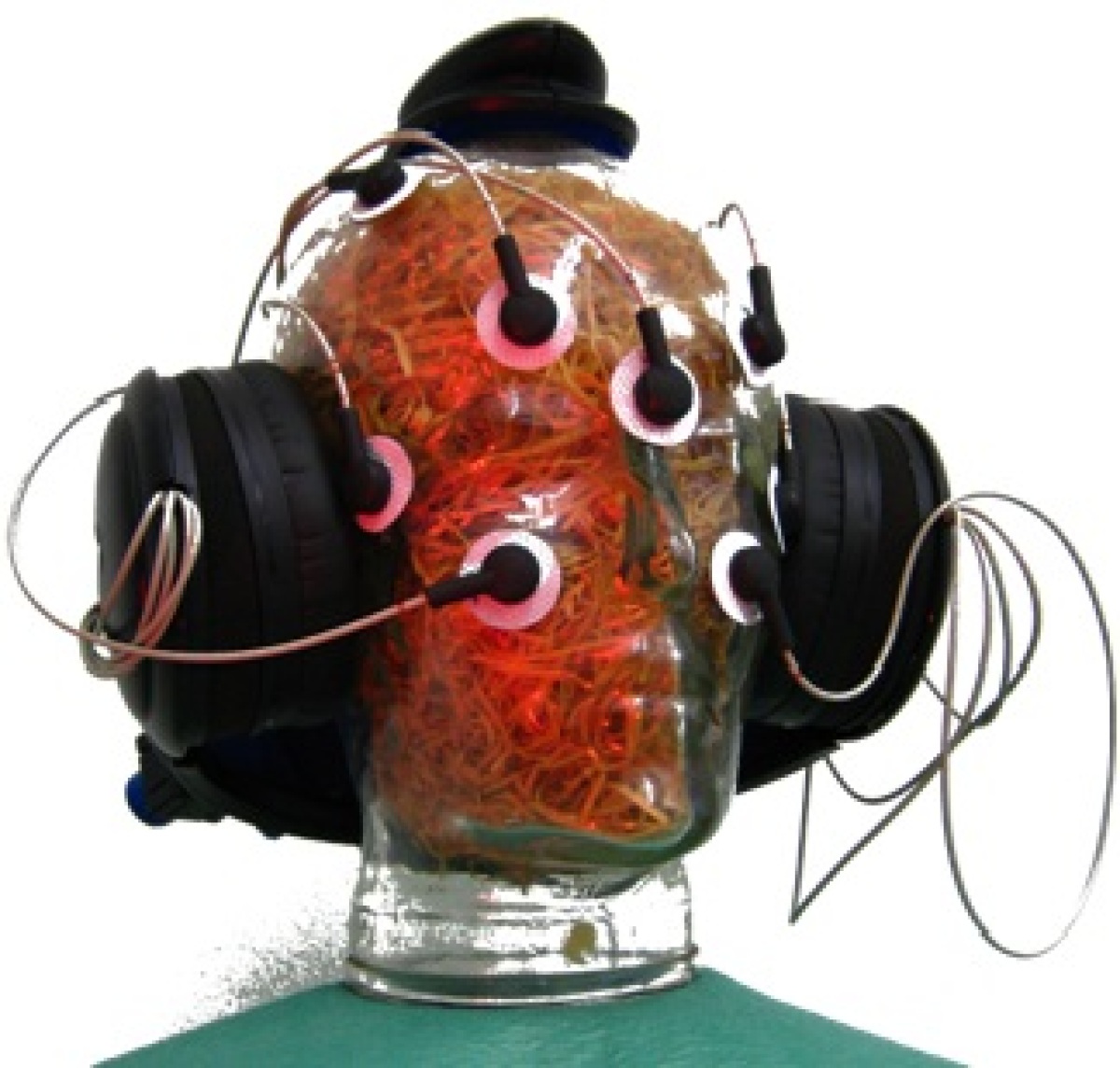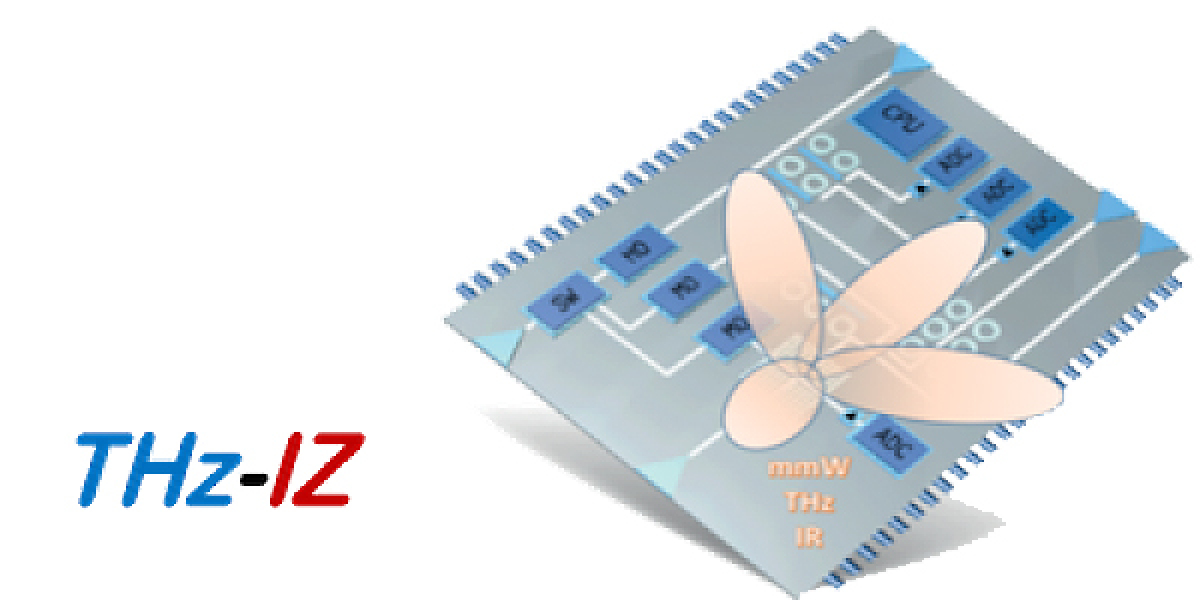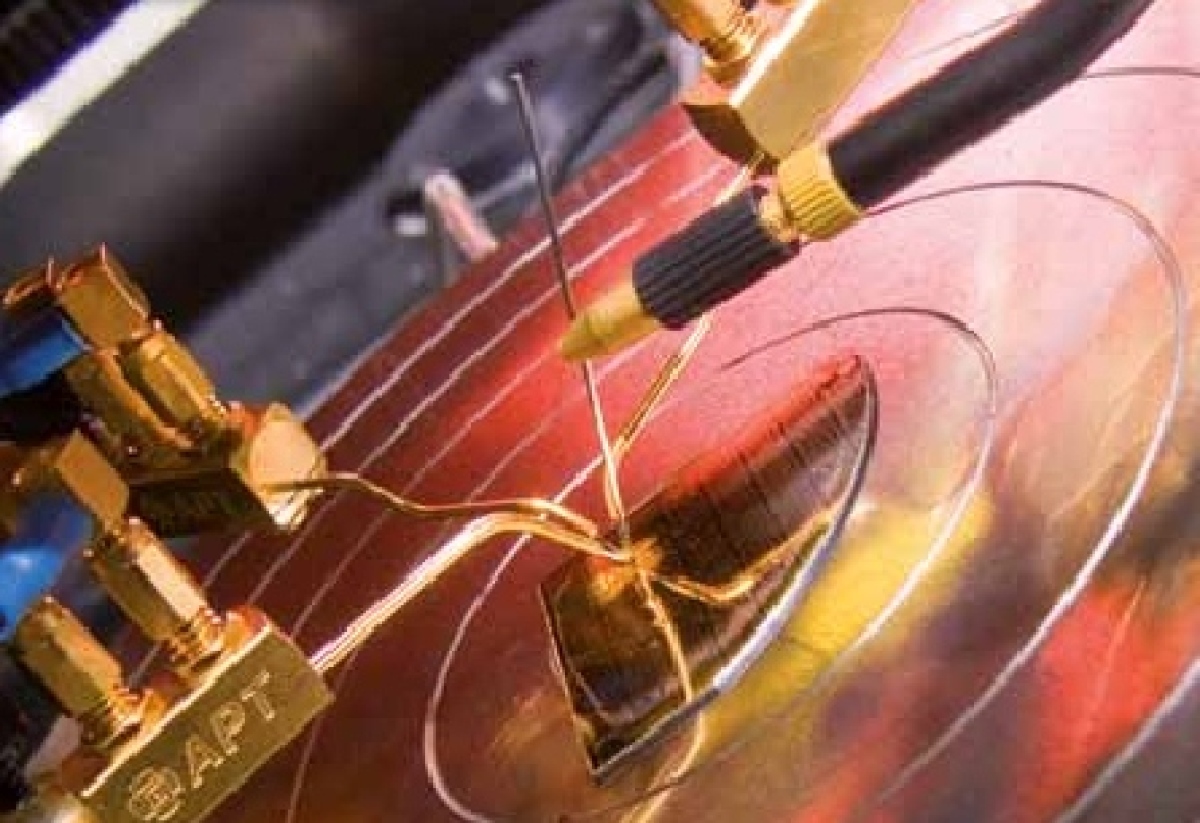Research Areas
Key research areas of the department
The Department of Electrical Engineering and Information Technology focuses on the research areas 'Energy Technology', 'Medical Enginneering', 'Terahertz Systems' as well as 'Microelectronics and Photonics'. The 24 professors cooperate with the Fraunhofer Institute for Microelectronic Circuits and Systems (IMS), the Research Center Jülich, the DLR e. V. in Cologne and the IMST GmbH in Kamp-Lintfort.

Energy Technology
Today, electrical energy is the ever-present basis of our modern industrial society. Because the world's demand for energy is growing, electrical power engineering has to face up to highly topical challenges. Accordingly, research focuses on energy converters and energy storage systems as well as on intelligent energy distribution. For example, the conversion of systems to renewable power generation is modeled in various projects; novel high-voltage transmission techniques are investigated; thermoelectrics enable direct conversion of heat flux to electrical energy; nanomaterials are explored for their use in photovoltaics and photocatalysis.
Research groups involved:
Elektrische Energiesysteme (EES) Nanostrukturtechnik (NST) Automatisierungstechnik und komplexe Systeme (AKS) Energietransport und -Speicherung (ETS) Werkstoffe der Elektrotechnik (WET)

Medical Engineering
In the field of Medical Engineering highly developed electronics for diagnosis and therapy are realized ('Theranostics'). An example is the depth-selective and local determination of pulse waves in the human body, so that blood pressure and even the state of mind can be measured non-invasively. A very successful research area develops antennas for high field magnetic resonance imaging. On the other hand, the department is involved in the development of modern coating methods for innovative laboratory diagnostics and researches hardware and software for high-resolution imaging and diagnostic procedures.
Research groups involved:
Elektronische Bauelemente und Schaltungen (EBS) Allgemeine und Theoretische Elektrotechnik (ATE) Systeme der Medizintechnik (SMT) Elektrische Energiesysteme (EES) Automatisierungstechnik und komplexe Systeme (AKS)

Terahertz Components and Systems
The department is currently establishing a THz integration center that is unique in Germany. It is thus working at the forefront of research for future information and communication technologies such as 5G/6G or on high-resolution imaging systems. Examples of current projects encompass the development of wire-less ad-hoc networks for emergency communications, the realization of terahertz radio systems for transmission rates of 100 Gbit/s. Before long, chip antennas will be measured up to 500 GHz at a robotic test station that is singular in the world.
Research groups involved:
Bauelemente der Höchstfrequenzelektronik (BHE) Optoelektronik (OE) Kommunikationstechnik (KT) Allgemeine und Theoretische Elektrotechnik (ATE) Nachrichtentechnische Systeme (NTS) Digitale Signalverarbeitung (DSV)

Micro-, Nano- and Optoelectronics
Micro- and optoelectronics as well as nanotechnology have been a focus of research and also of teaching at the University of Duisburg-Essen for about 20 years now. Nanostructured materials form a basis for light emitters, light detectors, solar cells or new materials for photocatalysis in a large number of projects here. Light as an information carrier is used in the research of fiber networks. In combination with novel magnetic materials, quantum mechanical properties of light and c
